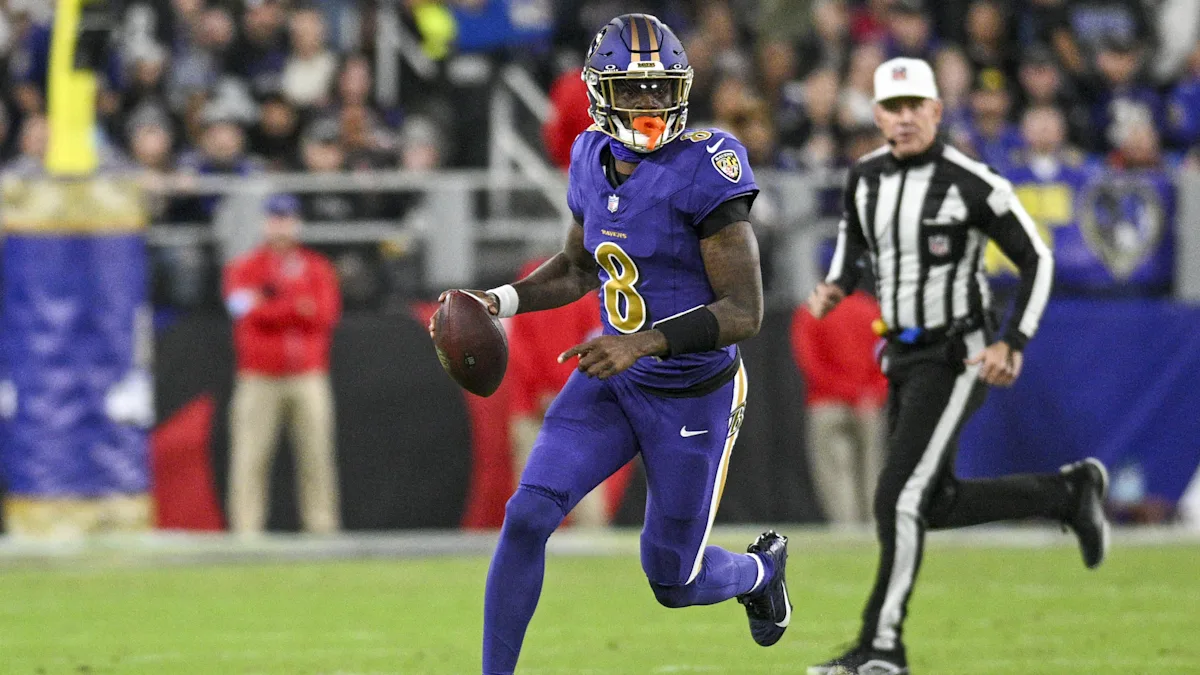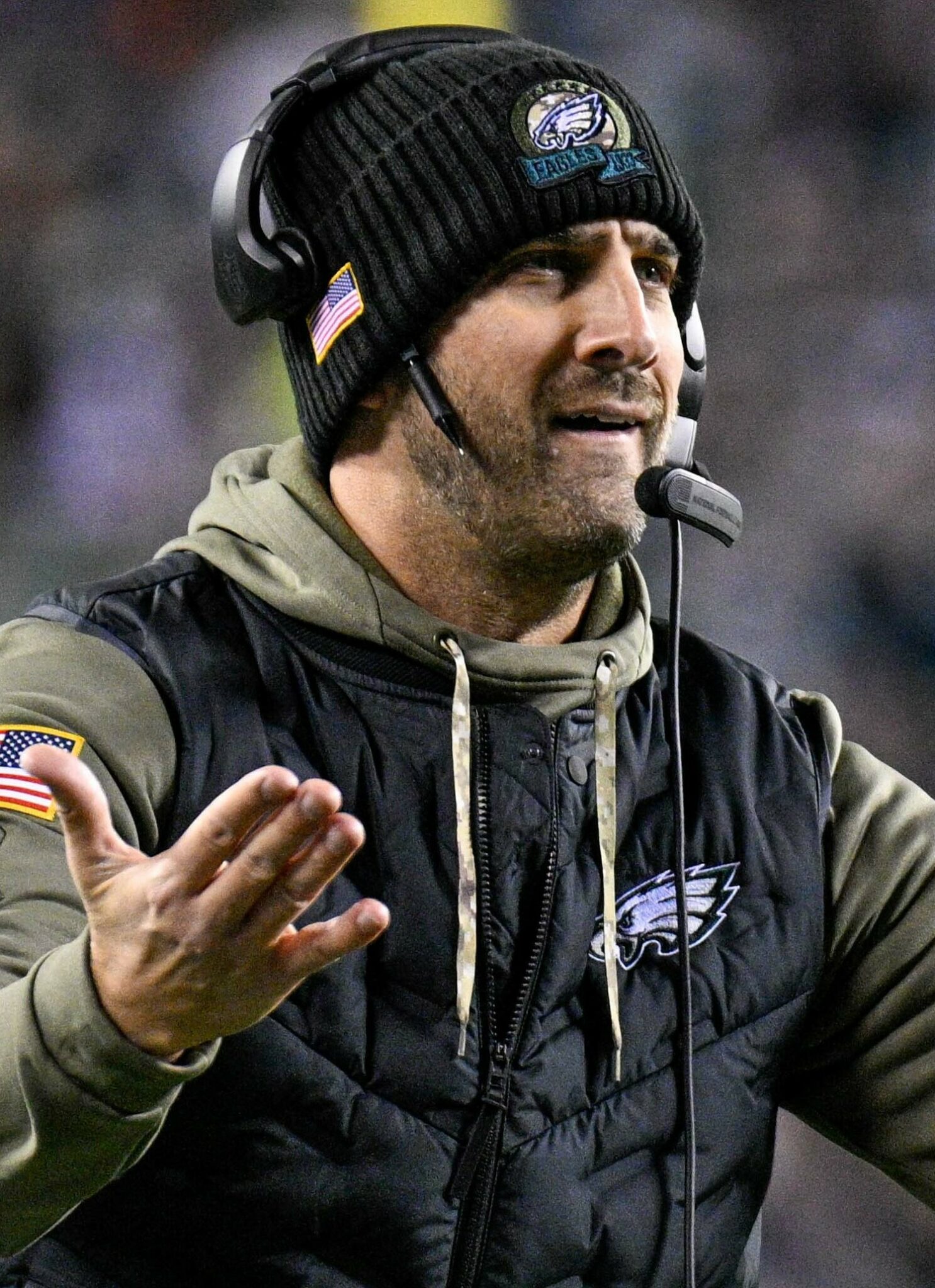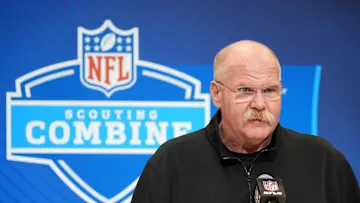The NFL Draft is often referred to as an inexact science—part strategy, part guesswork, and part sheer luck. For every first-rounder who flames out before their rookie contract ends, there’s a late-round gem who outperforms all expectations and carves out a legendary career. For the Baltimore Ravens, a franchise widely regarded as one of the league’s best when it comes to draft-day decision-making, few picks embody that philosophy better than the selection of safety Ed Reed. Now, decades removed from his playing days, Reed is being rightfully remembered not only as one of the greatest safeties to ever play the game but also as one of the most valuable draft selections of the modern era.
When the Ravens drafted Ed Reed with the 24th overall pick in the 2002 NFL Draft, many analysts praised his collegiate production at Miami but wondered whether his size and speed would translate to the pro level. That hesitation proved to be one of the most short-sighted evaluations in recent memory. Not only did Reed thrive in the NFL, but he also revolutionized the safety position and became one of the most feared ball hawks in football history.
The term “draft value” often focuses on finding top-tier talent at a lower pick than expected—usually in the later rounds. But when evaluating the greatest draft values of the century, a more accurate metric may be how much impact a player had relative to where they were selected and who was drafted before and after them. In Reed’s case, it’s astounding.
Taken at No. 24 overall, Reed was passed over by nearly every team in the league—including teams in desperate need of defensive help. Ten defensive players were drafted before him that year, including Quentin Jammer, Roy Williams, and John Henderson. While some of those players had solid careers, none came close to matching the longevity, playmaking brilliance, or game-altering impact Reed delivered during his Hall of Fame career.
Reed’s resume reads like a blueprint for greatness: nine Pro Bowl selections, five First-Team All-Pro honors, 64 career interceptions, seven career pick-sixes, and the NFL record for longest interception return (107 yards). He led the league in interceptions three times and was named the NFL Defensive Player of the Year in 2004. He also played an instrumental role in the Ravens’ championship run during the 2012 season, culminating in a Super Bowl XLVII victory.
But Reed’s impact can’t be measured by statistics alone. He was the quintessential playmaker on defense—someone who could bait quarterbacks into mistakes, cover sideline-to-sideline, and change the entire complexion of a game with one perfectly timed read. His football IQ was unparalleled. Teammates and coaches often spoke about how Reed would study quarterbacks so thoroughly that he knew where the ball was going before it left their hands. His ability to disguise coverages, jump routes, and flip momentum with one play made him a weapon as dangerous as any offensive star.
From a draft value perspective, the argument for Reed is made stronger when you consider the context of the Ravens’ draft history and how he fit into their overall roster construction. Baltimore has long prioritized defensive excellence, dating back to their 2000 Super Bowl team. The addition of Reed in 2002 gave them a new defensive centerpiece for the next decade—a seamless transition from the Ray Lewis era to a more balanced, pass-oriented defensive scheme.
Notably, the players drafted ahead of Reed didn’t come close to replicating his impact. The first safety taken that year, Roy Williams, went No. 8 overall to the Dallas Cowboys and had a promising start but fizzled out after several seasons. Defensive backs like Phillip Buchanon (No. 17) and Lito Sheppard (No. 26) had shorter careers and nowhere near Reed’s accolades. Even more eye-opening, offensive players selected ahead of Reed included busts like David Carr and William Green—names that have faded from memory while Reed’s legend has only grown.
There’s also the intangible factor of legacy. Reed wasn’t just a great player—he was a culture-setter. His competitive spirit, meticulous preparation, and leadership elevated those around him. He served as both a mentor and motivator, especially during the Ravens’ transitional years between dominant defensive eras. Younger players, including the likes of Haloti Ngata and Terrell Suggs, often credited Reed’s work ethic and mental approach as foundational to their development.
In terms of return on investment, the Ravens struck gold with Reed at No. 24. He was a first-round pick, yes—but one taken at the back end of the round, with several teams doubting his ceiling. That’s what makes his value so exceptional. He produced like a generational, top-three overall pick, but was acquired at a spot traditionally used on complementary starters or role players. In today’s draft terms, Reed would’ve likely gone in the top five without hesitation.
If you compare his career to other high-value picks of the 21st century, such as Tom Brady (6th round), Richard Sherman (5th round), or Antonio Brown (6th round), Reed’s value stands uniquely because he offered both high-end production and first-round pedigree without the top-10 expectations. He exceeded even the most optimistic projections and did so for over a decade—consistently, year after year, against the best offenses in football.
Even after his retirement, Reed’s influence on the game remains evident. Current NFL safeties frequently cite him as their inspiration. His film is used in coaching clinics, and his technique is taught to college prospects hoping to emulate his instincts and discipline. In 2019, he was rightfully inducted into the Pro Football Hall of Fame on the first ballot, cementing his legacy as one of the most transcendent defenders in the history of the sport.
From a team-building standpoint, Reed’s career also serves as a lesson in trusting evaluation over consensus. The Ravens’ front office, led at the time by Ozzie Newsome, saw something others didn’t: a player whose instincts and intelligence more than compensated for any questions about speed or size. In doing so, they landed not just a future Hall of Famer, but a cornerstone of their franchise’s identity.
If one were to construct a list of the best draft values in the modern NFL era, factoring in pick location, longevity, accolades, and impact, Ed Reed would easily rank near the top. Perhaps only Tom Brady—taken 199th overall—surpasses him in terms of value gained versus expectations set. But even then, Brady’s success hinged on a specific offensive system and elite coaching infrastructure. Reed, on the other hand, was a one-man disruptor, capable of thriving in any defensive scheme and changing the outcome of games on his own.
For the Ravens, Reed’s selection set a standard. It reaffirmed their identity as a team built on defense, preparation, and drafting smarter than their competition. Every year since, Baltimore fans and front office execs alike have sought to find the “next Ed Reed”—a near-impossible task but one that underscores just how valuable and irreplaceable he truly was.
In a league where high picks often bring more busts than brilliance, Ed Reed’s career is a shining example of what happens when talent, mindset, and opportunity align perfectly. And for the Baltimore Ravens, his selection remains not only one of their greatest triumphs but one of the NFL Draft’s greatest values of the 21st century.




